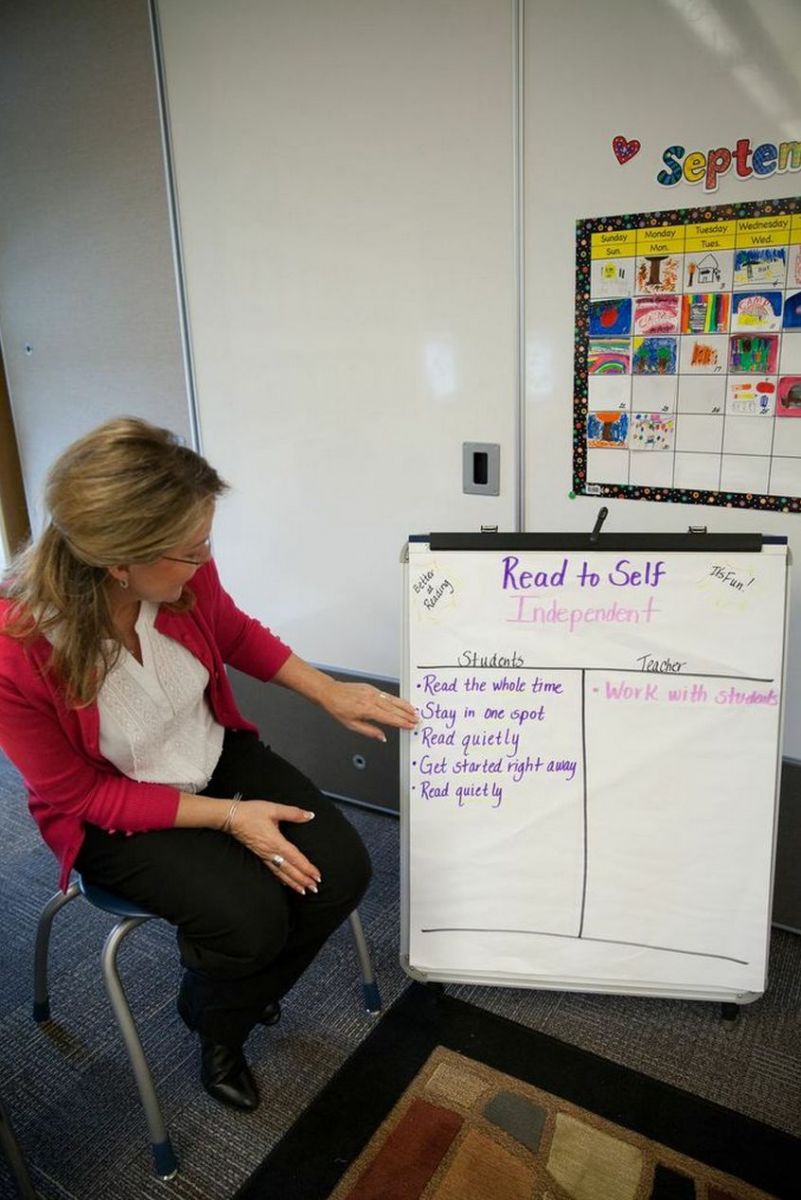Launching Daily 5—The Seven Most Important things to Remember
Join Our Community
Access this resource now. Get up to three resources every month for free.
Choose from thousands of articles, lessons, guides, videos, and printables.

Here are seven things to keep in mind when launching Daily 5.
- One of the most important things to remember is that it's all about the class sitting in front of us, not last year's class, and not the class we dreamed about all summer. Every decision is based on the needs of the current group. When we keep this at the forefront of our daily work, it is much easier to flex to meet their needs. If a group is more wiggly, we provide more frequent brain and body breaks. If they come to us without strong behaviors of independence, we build stamina in tiny increments.
- When introducing the 10 Steps to Independence for any Daily 5 choice, we add the I-chart behaviors they are ready for. If students are able to focus on our direct instruction for only a few minutes, we start with two or three behaviors instead of all six. We always start with "Read the whole time" and "Get started right away." We'll add one or two more each subsequent round, and continue with the 10 Steps of Independence. Older students, or those with Daily 5 experience, may be able to attend to all the desired behaviors on day one. Again, it is all about the students.
- We find it most successful, regardless of student ages, to go through the 10 Steps of Independence three or four times a day during those first days of school. We typically start our day by launching Read to Self with the 10 Steps of Independence. We go back through the 10 Steps and I-chart again after recess, once more after lunch, and again at the end of the day. The more students practice, the more quickly the launch will go and the more successful it will be.
- Remember the importance of brain breaks. Think about how tired we are those first days of school! Children need many brain breaks throughout the day. These brain breaks can be long ones (going outside to review or introduce the playground rules, practice waking to music or gym) or short ones (hop up and sing a silly song, have older students stand, turn, and talk about anything from their favorite summer moment to their favorite song, TV show, sport, and so on.) Frequent brain breaks enable students to be more successful when we ask them to focus on classroom procedures and learning.
- Start conferring right away. Prepare your conferring notebook ahead of time and in the first days of school when students are building stamina, confer with those who need support with learning and practicing behaviors. Start with behavior goals that will help them to be successful.
- Perhaps most important, we remind ourselves each and every day that we love this job and these students. Attitude is everything. We truly love being part of their learning journey and strive to treat them honorably and respectfully.
- And above all, we need to have fun!







